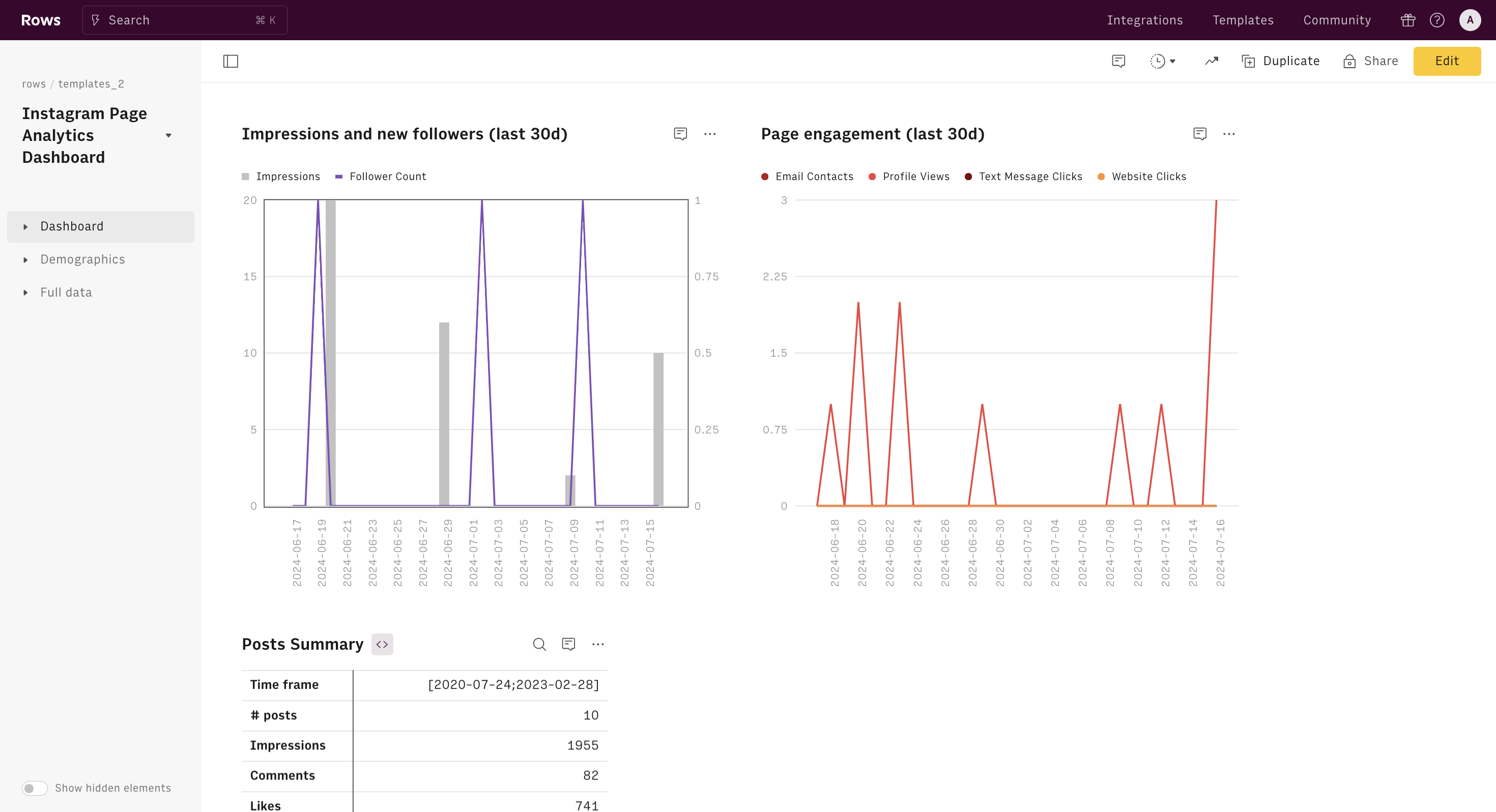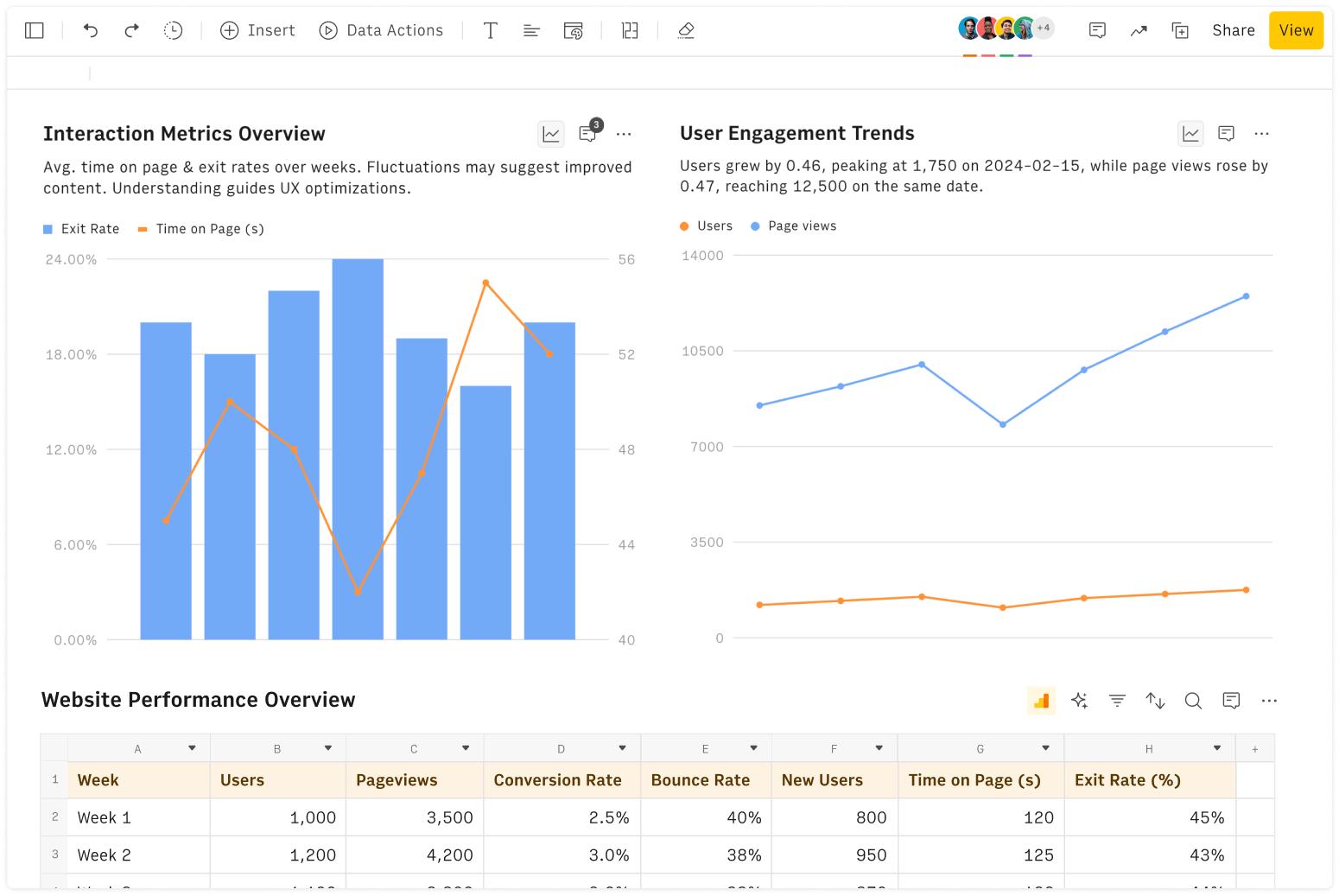What is CAGR?
Compound Annual Growth Rate (CAGR) is a financial metric that represents the mean annual growth rate of an investment over a specified time period longer than one year. It is based on compound growth, where returns are reinvested over time. Each period's growth builds on previous returns, compounding the investment.
Unlike other growth metrics that may show fluctuating rates over different periods, CAGR smooths out these fluctuations to provide a single, average growth rate, making it easier for businesses and investors to compare the performance of different investments over time.
How to Calculate CAGR?
To calculate the CAGR using this calculator, all you need to do is:
Input the Beginning Value (BV): Enter the initial value of your investment or metric at the start of the period.
Input the Ending Value (EV): Enter the final value of your investment or metric at the end of the period.
Input the Number of Years (n): Enter the total number of years over which the investment or metric has grown.
Check the Result: The calculator will compute the CAGR for you instantly, showing the average annual growth rate of your investment over the specified period.
To figure out the Compound Annual Growth Rate (CAGR) for your investment, you can use this formula:

Where:
EV = Ending Value
BV = Beginning Value
n = Number of years
Limitation of CAGR
CAGR is a useful metric, but it has some drawbacks:
Ignores Volatility: CAGR provides a smoothed growth rate and ignores the volatility and fluctuations that may occur during the investment period.
Not Suitable for Short-Term Analysis: CAGR is best used for long-term growth analysis and may not be accurate for short-term periods.
Assumes Constant Growth: CAGR assumes a steady growth rate, which might not reflect the real-world scenario where growth rates can vary year to year.
Practical Uses
CAGR is widely used across various industries and sectors to measure growth and compare the performance of different investments or business metrics. Some practical use cases include:
Investors: To assess and compare the performance of different investment options.
Business Owners: To track company growth and make strategic decisions.
Financial Analysts: To evaluate past performance and use as a baseline for forecasting future growth.
Product Managers: To measure the success and growth of products or services.
FAQ
How to Calculate CAGR (Example)?
Let's say an investment grew from $10,000 to $15,000 over 3 years. Here's how we'd calculate the CAGR:
CAGR = (15000 / 10000)^(1/3) - 1 = 0.1447 or 14.47%
What is a good CAGR for an industry?
A CAGR of 5–10% in sales revenue is generally considered good for a company. For those with a track record exceeding five years, a sales CAGR of 10%–20% is typically viewed as strong performance.
What does a CAGR of 10% mean?
A 10% CAGR indicates that an investment or asset has grown at an average annual rate of 10% over the specified period. This represents consistent growth and is often viewed as good performance, particularly in stable and mature markets.







